Ransomware-GCQ!FE1BC60A95B2
Remove Ransomware-GCQ!FE1BC60A95B2 from Windows 7
Look at various different errors caused by Ransomware-GCQ!FE1BC60A95B2 0xf081A CBS_E_INVALID_DRIVER_OPERATION_KEY the driver operations key is corrupt or invalid, 0x0000011C, 0xf080A CBS_E_REESTABLISH_SESSION session object updated, must recreate session, 0x80248FFF WU_E_DS_UNEXPECTED A data store error not covered by another WU_E_DS_* code. , 0x8024401D WU_E_PT_HTTP_STATUS_CONFLICT Same as HTTP status 409 - the request was not completed due to a conflict with the current state of the resource., 0x8024D013 WU_E_SETUP_WRONG_SERVER_VERSION Windows Update Agent could not be updated because the server does not contain update information for this version., 0x00000076, 0x80248001 WU_E_DS_INUSE An operation failed because the data store was in use., 0x8024000B WU_E_CALL_CANCELLED Operation was cancelled., 0x8024801C WU_E_DS_RESETREQUIRED The data store requires a session reset; release the session and retry with a new session., Error 0xC0000428, 0x000000A4, 0x8024CFFF WU_E_DRV_UNEXPECTED A driver error not covered by another WU_E_DRV_* code.Remove Ransomware-GCQ!FE1BC60A95B2 From Operating System Easily
Ransomware-GCQ!FE1BC60A95B2 is yet another harmful computer threats that already infected large number of Operating System across globe. With the only bad intention to make illegal profit and steal victims personnel data cyber criminals created this nasty threats as well as spread extensively over Internet. Basically it intrudes inside your Operating System through bundled with freeware or shareware program. Additionally clicks to suspicious ads, infected websites visits and nevertheless opening spam email attachments result in its invasion.
Ransomware-GCQ!FE1BC60A95B2 does all best to lean down your computer performance, creates large number of junk files that consumes maximum resources as resultant CPU hangs a lot. Moreover, alter browser default settings according to its needs after which continuous redirection, regular coming ads with much slow Internet speed frustrate you. The worst part, security analyst found it monitors all activity you do online, thus private information are under threats. Therefore you are strongly suggested to Remove Ransomware-GCQ!FE1BC60A95B2 from Operating System as soon as possible.
Part 1:- Start Operating System In Safe Mode With Networking
Windows 8/10
- Click on Start menu >> Press Shift key.
- Click on Restart button.

- Select Troubleshoot option from screen.
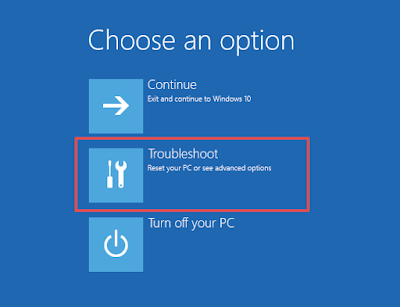
- Click on Advanced Options >> Choose Startup Settings option.
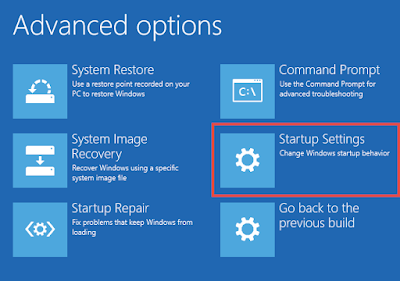
- Select Enable Safe Mode option >> Click Restart button.
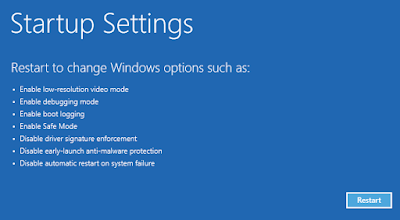
- Press F5 button to Enable Safe Mode With Networking option.
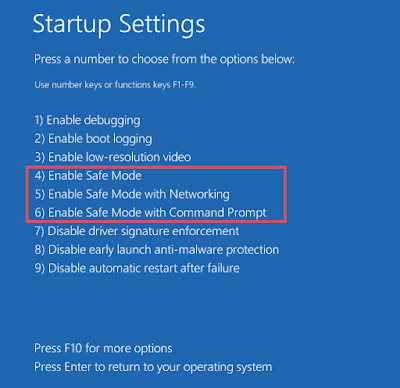
Windows XP/Vista/7
- Click on Start menu >> Select Restart button.
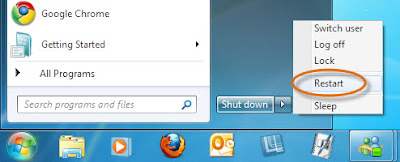
- While Operating System start booting, Press F8 button continuously.
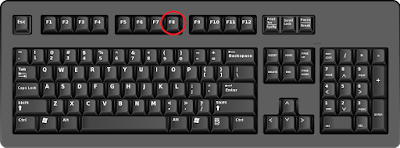
- After that Advance boot menu appear on Operating System screen.
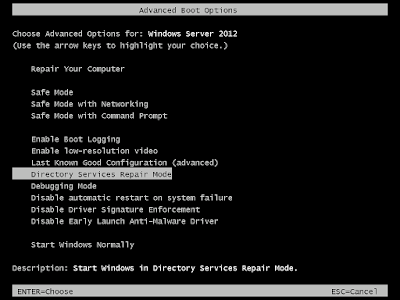
- Select Safe Mode With Networking Option.
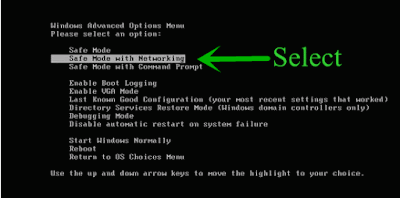
- Finally press Enter button.
Part 2:- Remove Ransomware-GCQ!FE1BC60A95B2 From Control Panel
Windows XP
- Go the Start menu >> Select Control Panel.
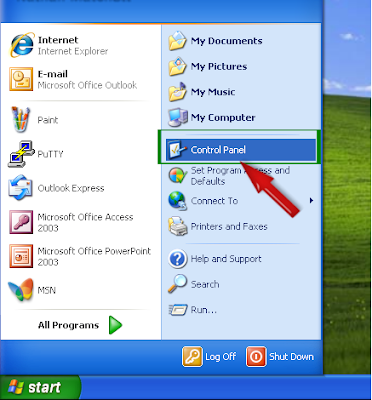
- Click on Add or Remove programs option.
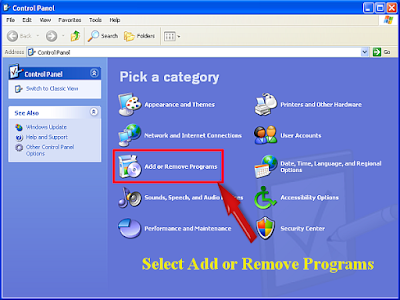
- Search and Remove unwanted program from Operating System.
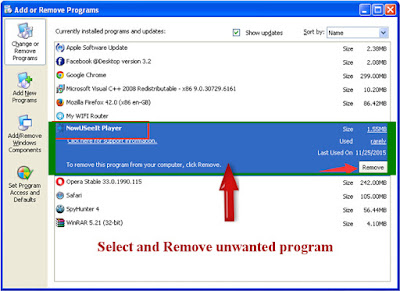
Windows 7
- Click the Windows key.

- Select Control Panel Option.
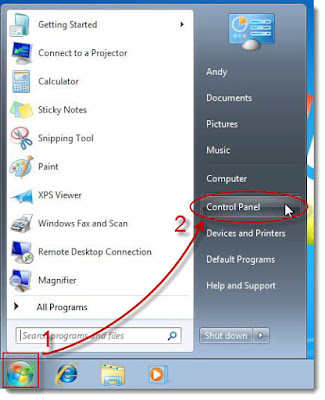
- Select Remove A Programs option.
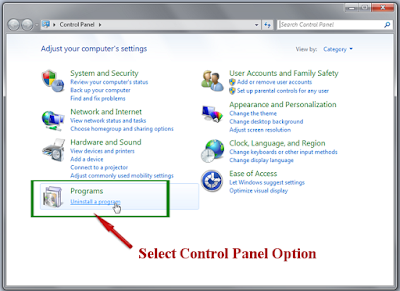
- Select and Remove unwanted program from system.
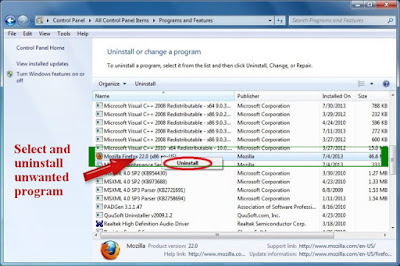
Windows 8
- Press Win+R button to open Run Box.
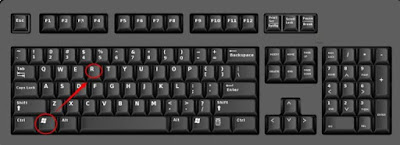
- Type control panel in Run window.
- Press Enter button to open the Control Panel.
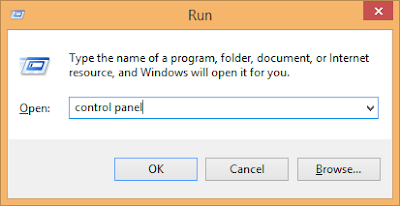
- Select Remove a program.

- Do Right-click Ransomware-GCQ!FE1BC60A95B2 related programs.
- Click Remove option to Remove it completely.

Windows 10
- Press the start button.
- Select Settings option.
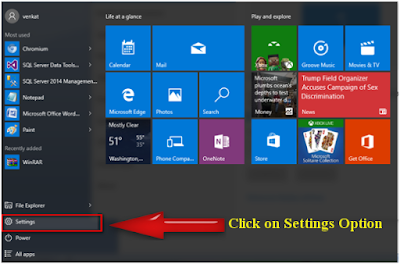
- Choose system option there.

- Click on Apps and Features option.
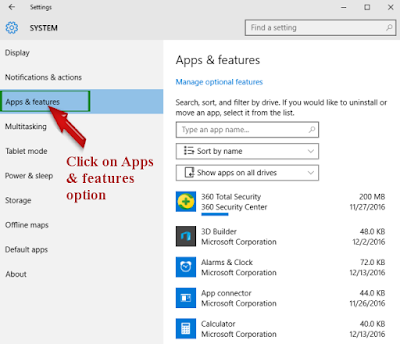
- Select and Remove unwanted program.
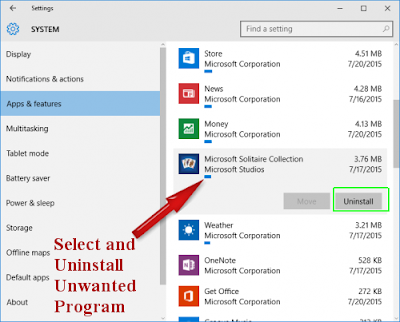
Part 3:- Remove Ransomware-GCQ!FE1BC60A95B2 Related Process From Task Manager
- Press ALT+Ctrl+Del buttons altogether.
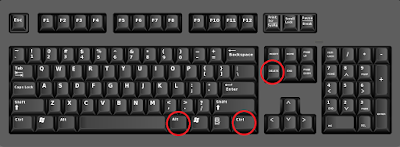
- Choose Windows Task manager option from Operating System screen.
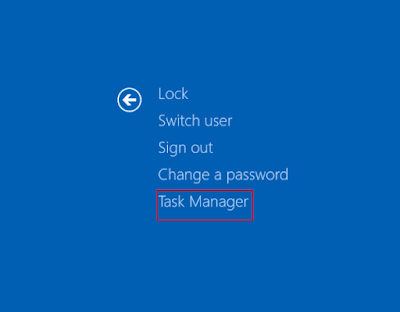
- Select the malicious process.
- Click on End Task button.
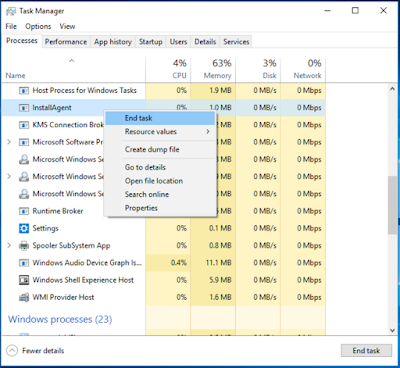
Part 4:- Solution to Remove Ransomware-GCQ!FE1BC60A95B2 From Internet Explorer
From Mozilla Firefox
- Open Mozilla Firefox browser.
- Click on gear icon to open menu.
- Select Add-ons >> Add-ons Manager tab will open.
- Choose Extensions or Appearance panel.
- Choose Ransomware-GCQ!FE1BC60A95B2 add-on you want to Remove.
- Click the Remove button.

From Google Chrome
- Click on great icon to open Chrome menu.
- Now click on the Tools option.
- Go to Extension >> Select unwanted extension.
- Finally click on trash bin icon.

From Internet Explorer
- Open Internet Explorer browser.
- Click on Gear Icon to open Tools.
- Click on Manage Add-ons option.
- Select Toolbars and Extensions tab.
- Find Ransomware-GCQ!FE1BC60A95B2 related add-ons >> Click Disable.
- Click More information button.
- Finally, click on Remove button.

From Microsoft Edge
Microsoft Edge doesn't support extension so you need to reset your
browser homepage.
- Open Microsoft Edge browser.
- Click on More (...) icon >> Go to Settings.
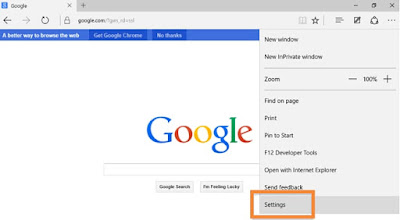
- Select a specific page or pages under Open option.
- Select Custom option.
- Enter URL that you want to set as your browser homepage.

Part 5:- Remove Ransomware-GCQ!FE1BC60A95B2 From Registry Editor
- Pressing Win + R keys together.
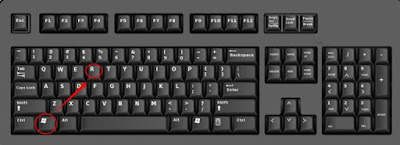
- Type regedit >> Click OK.
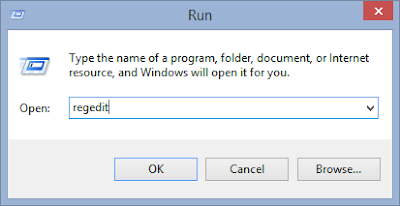
- Find and Remove Ransomware-GCQ!FE1BC60A95B2 related registry files.
HKEY_LOCAL_MACHINESYSTEMCurrentControlSetServicesWpm
HKCU\Software\Microsoft\Windows\CurrentVersion\Internet Settings\random
HKEY_LOCAL_Machine\Software\Classes\[adware name]
HKEY_CURRENT_USER\Software\Microsoft\Windows\CurrentVersion\Run “.exe”
HKEY_CURRENT_USER\Software\Microsoft\Windows\CurrentVersion\Internet Settings “CertificateRevocation” = ’0
HKEY_LOCAL_MACHINE\SOFTWARE\Microsoft\Windows\CurrentVersion\run\random
HKEY_CURRENT_USERSoftwareMicrosoftInternet ExplorerMain “Default_Page_URL”


No comments:
Post a Comment